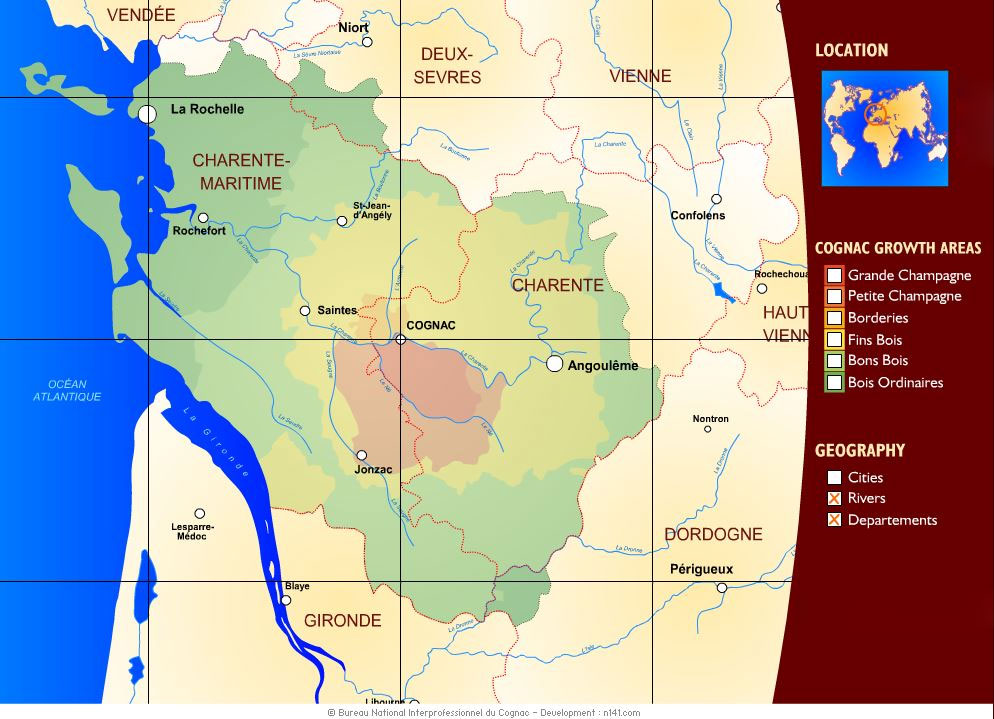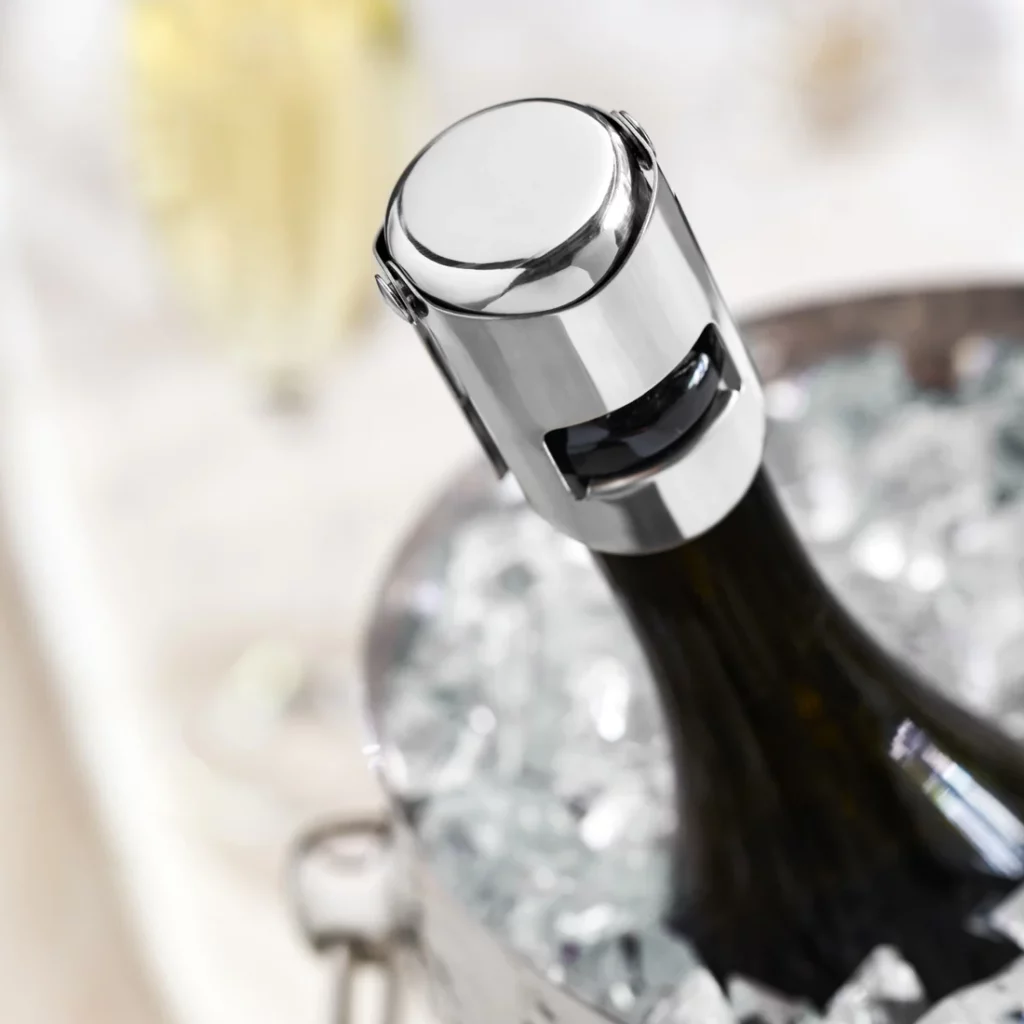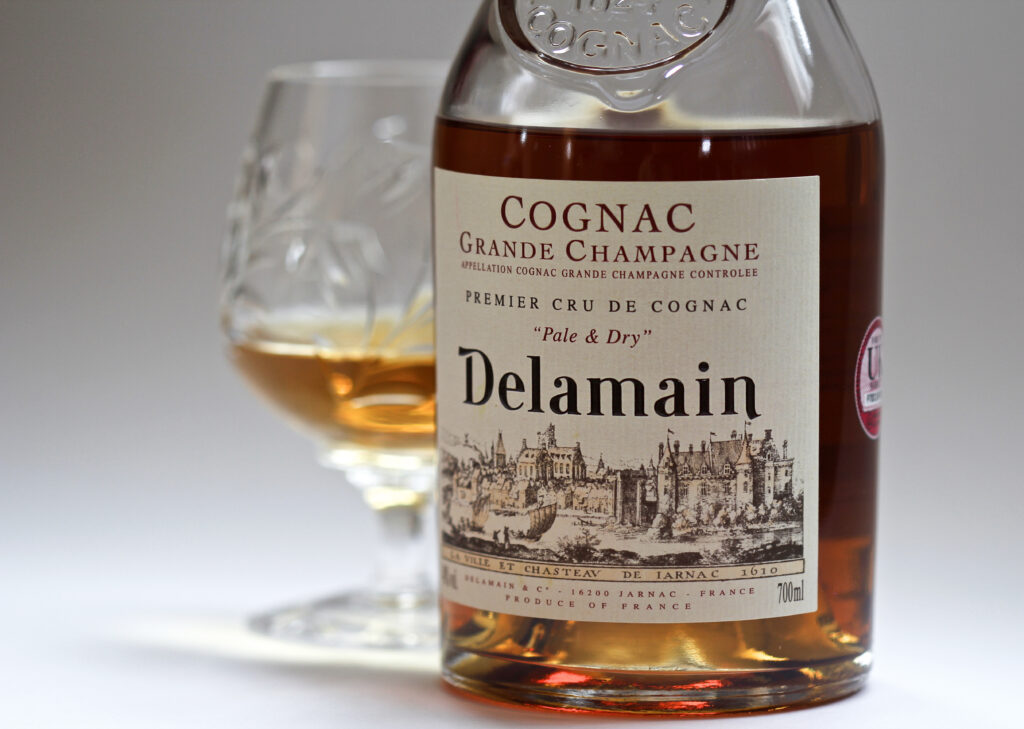In the world of fine spirits, few names command as much respect and admiration as Cognac. This exquisite brandy, hailing from the southwestern region of France, has captivated the hearts and palates of connoisseurs for centuries. But what exactly is Champagne Cognac, and how does it differ from the other varieties of this prestigious drink? Let’s explore the origins and production methods of Cognac, the unique characteristics of Champagne Cognac, and how it has earned its place among the world’s most sought-after spirits.
It’s easy to confuse Cognac’s Champagne with the Champagne appellation in France, but they’re quite different! While the French region is famous for its sparkling wine, the Cognac’s Champagne crus are two specific growing regions in the Cognac region. The sparkling beverage Champagne comes from the historical province of Champagne in the northeast of France. This region is known for producing the sparkling white wine that bears its name, and EU law and the laws of many countries reserve the term “champagne” exclusively for wines that come from this region. The wine-producing area within the historical province of Champagne is divided into five wine-growing districts: Aube, Côte des Blancs, Côte de Sézanne, Montagne de Reims, and Vallée de la Marne.
In regards to Cognac, the soil in the Grande Champagne and Petite Champagne regions of Cognac impart a unique flavor to the grapes, making the resulting Cognac a delightful experience for your taste buds. So, the next time you raise a glass of Cognac, remember that it’s not just about the bubbles, but also about the rich history and terroir of the Cognac region in France. Cheers!
Cognac: A Brief History and Production Methods: Cognac, named after the town of Cognac in the French region of Charente, is renowned for producing the world’s finest brandy. The region sits just north of Bordeaux and is home to a rich history of wine and spirit production. The production of Cognac is strictly regulated by the Bureau National Interprofessionnel du Cognac (BNIC), ensuring that only the highest quality spirits bear the name “Cognac.”
To be considered a true Cognac, the brandy must meet several stringent requirements. The grapes used to make Cognac must come from one of the six designated growing areas or “crus” located in the Cognac region. These crus include Borderies, Fins Bois, Bons Bois, Bois Ordinaires, Bois à terroirs, Grande Champagne, and Petite Champagne. Additionally, the brandy must be made from a specific blend of grapes, with Ugni Blanc, Folle Blanche, and Colombard making up at least 90% of the blend, and the remaining 10% consisting of Folignan, Jurancon blanc, Blanc Rame, Montils, or Semillon.
The Art of Blending: The art of blending is a crucial aspect of Cognac production, as it allows producers to create a unique and consistent flavor profile for their products. The blending process involves combining different eaux-de-vie (clear, unaged brandy) from various crus and grape varieties, as well as eaux-de-vie of different ages. This intricate process requires skill and experience, and the master blender plays a vital role in ensuring that each bottle of Cognac meets the highest standards of quality and taste.
What is Champagne Cognac? Now that we have a better understanding of Cognac, let’s delve into the world of Champagne Cognac. Contrary to what the name might suggest, Champagne Cognac does not contain any sparkling wine from the Champagne region in northern France. Instead, the term “Champagne” refers to the two specific crus within the Cognac region, Grande Champagne and Petite Champagne.
The Grande Champagne and Petite Champagne appellations derive their name from the French term “champagne,” which means chalky soil. The soil in these two regions is rich in clay, limestone, and chalk, which provides ideal conditions for the grapes to ripen to perfection. The unique terroir of these regions imparts a distinct flavor and aroma to the eaux-de-vie, making them highly sought after by Cognac producers.
Fine Champagne Cognac: To be considered Fine Champagne Cognac, the brandy must meet all the BINC standards for Cognac, as well as contain eau-de-vie from the Cognac’s Champagne appellations. The blend must consist of at least 50% eau-de-vie from Grande Champagne, with the remaining 50% coming from Petite Champagne. This combination of eaux-de-vie from both crus creates a harmonious and well-balanced flavor profile that is characteristic of Fine Champagne Cognac.
Grande Champagne Cognac: For a Cognac to be considered Grande Champagne Cognac, it must adhere to all BINC standards and be made exclusively from eaux-de-vie from the Grande Champagne cru. This results in a Cognac with a distinctive and complex flavor profile, showcasing the unique characteristics of the region’s terroir. Grande Champagne Cognac is highly prized among connoisseurs, who appreciate the exceptional quality and depth of flavor that it offers.
Champagne Cognac is a unique and highly sought-after variety of Cognac, originating from the Grande Champagne and Petite Champagne appellations within the Cognac region of France. The rich history and strict production methods, combined with the distinct terroir of these regions, contribute to the exceptional quality and taste of Champagne Cognac. Whether you’re a seasoned Cognac connoisseur or a curious newcomer, Champagne Cognac is a spirit that is sure to leave a lasting impression and provide a delightful taste of the French countryside.




